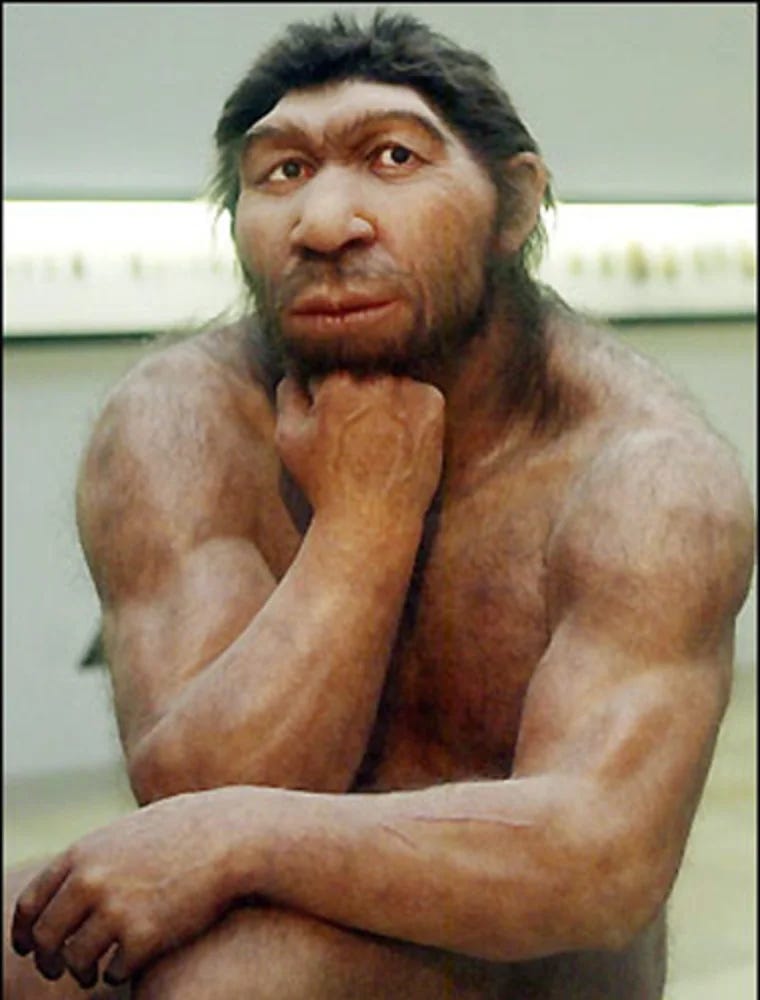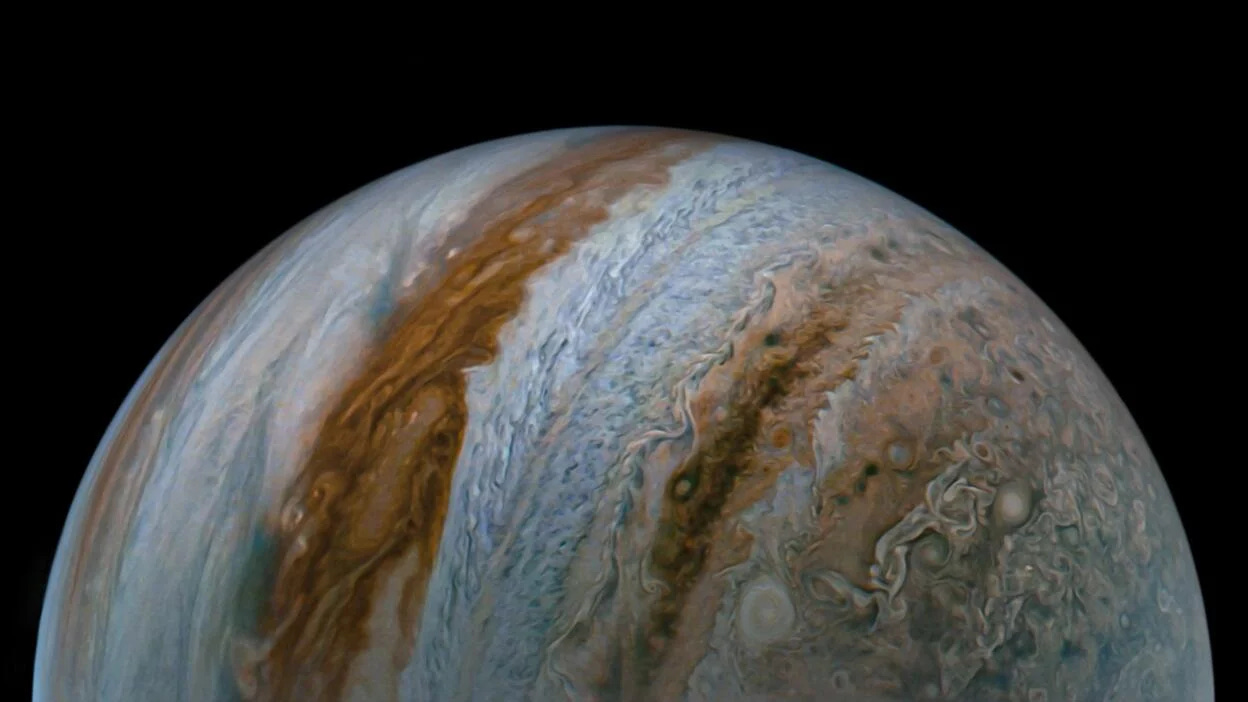The Weird Science Drop #6 🧪 Taking your brain to another dimension
🤯 Why there is no now for us 🌎 The eighth continent discovered ✈ A super-cool hypersonic airliner 👀 Plus, find out how popular your birthday is
“Cześć!* Welcome to issue 6 of The Weird Science Drop. This week’s WSD takes you from the earliest days of the solar system to a cutting-edge galactic paradox that might break your brain if you think about it too hard. Enjoy!”
Daniel
Weird Science News ✍
🥼 Like Boris Johnson at a maternity hospital, dark matter is the one physics problem that always keeps coming back. Essentially, there are not nearly enough visible things in the universe to explain existence - hence the rush to find the ‘missing’ stuff that would make all our equations work. The latest attempt to come up with a solution involves a portal to the fifth dimension. So pay close attention. Theorists have used the ‘warped extra dimension’ theory to fill the gap with ‘fermionic dark matter’ that is stashed away from our view, in a cupboard on a higher plane. Read more on Popular Mechanics
🌍 Talking of missing stuff, geologists have located Earth’s eighth continent. Why has it taken so long to find? Well, it turns out most of it is hidden underwater. But it does pop its head up above the South Pacific at certain points, which has allowed us to track it down and chart its history. Called Zealandia, the landmass two million square miles in size split from its larger cousins billions of years ago. It wasn’t always underwater but 95% of its area got sucked under the waves by tectonic forces, leaving just New Zealand as a calling card. The largely unexplored Zealandia is believed to hold the answers to many questions about how our planet has evolved. Read more on Earth.com
💕 The Neanderthals are long gone but scientists have long claimed they didn’t die off completely and instead live on in our genes. The idea of ‘romance’ between Homo Sapiens and our stocky cousins has been on the march in recent years and now the first 'hybrid child' showing human-Neanderthal interbreeding has been identified. A study dated the bones of a four-year-old mix of both species found in a rock shelter in Portugal to 28,000 years ago, not long after the Neanderthals vanished, lending weight to the theory that love brought them down. Read more on The Express
🥕 In a startling result in such turbulent times, just one country in the world produces all the food it needs. Guyana is the only self-sufficient nation, growing enough to feed all its citizens without relying on foreign imports. The study looked into how well each country could feed its people in seven food groups: fruits, vegetables, dairy, fish, meat, plant-based protein, and starchy staples. Some 65 per cent of nations were overproducing meat and dairy, compared to their own population’s dietary needs, while there was a global shortfall in nutrient-dense plants such as beans, chickpeas, lentils, nuts and seeds, and three-quarters aren’t growing enough veg. Read more on Science Focus
🦷 Sometimes research pops up that you couldn’t predict in a million years. And this one is just that - scientists have created dental floss that measures stress while you use it. The hi-tech floss looks for the chemical indicators of feeling blue thanks to polymer casting technology that can also be adapted to capture a number of other useful levels, such as estrogen for tracking fertility, or glucose for tracking diabetes. It sounds odd at first, but I think they’ve pulled off a masterstroke by picking something that most people do every day so you can see changes of mood over time without the user having to think about it. Read more on Science Daily
The Andromeda Paradox - there is no now 🤯
OK, strap in and prepare to have your mind broken. Relativity ruins the idea of there being a shared ‘now’ for all of us. The present is only a matter of perspective from the observer and is not consistent when you throw in more than one pair of eyes.
What do I mean? Let’s have a quick look at the Andromeda Paradox, a thought experiment from UK mathematician Roger Penrose to demonstrate a dusty corner of Einstein’s theory.
Here it goes: one person sitting on a park bench looking up at the Andromeda Galaxy in the night sky will see something different than someone else who jogs by and looks up at Andromeda at the same point and time.
As the galaxy in question is so distant (around 2.5 million light years away), the ‘now’ the two people perceive could literally be days apart. So, one could witness the Andromeda Galaxy Council launching an intergalactic fleet to attack Earth, while the other would see the council still debating the invasion.
This seemingly paradoxical result arises because the speed of light is constant for all observers, leading to differences in perceived timing between frames of reference. Or it highlights how seemingly straightforward concepts like ‘now’ can be tricky when dealing with vast distances and the rules of special relativity.
Let’s face it, though, it still makes no sense. But if it makes you feel better, even the most hardcore theoretical physicists have trouble getting their heads around the idea. You can always have it in your back pocket if you need a good excuse for being late…
Solar, so far back.. and into the future ☀🌍🌕
Jupiter has always been the big boy of our solar system, 11 times wider than Earth and twice as massive as all its fellow planets combined. In fact, the biggest structure in our neck of the woods is not the Sun but Jupiter’s magnetic field.
Incredibly, recent calculations indicate it could have been even bigger in the past, much bigger. After studying the gas giant’s moons, astronomers now think Jupiter was once more than double its current size with a magnetic field 50 times larger than what it is today.
That’s one massive bruiser. Scientists are now plugging this possibility into their equations as they work out how the solar system has evolved. The result is just another example of how the solar system we know and love would look very alien to us if we travelled back in time…
Uranus and Neptune were formed much closer to the Sun and probably got ‘kicked out’ to the outer reaches by Jupiter and Saturn
We had another rocky planet pal, Theia, until it smashed into us and created the Moon
The Moon back then was much closer to the Earth, and would have appeared almost three times as big in the sky when it first formed as it does now
Both Mars and Venus were water worlds, perfectly capable of harbouring life (probably 😉)
Saturn didn’t have rings. The latest evidence points to the iconic circles being formed just 100 million years ago.
Uranus was once the right way up before it was knocked on to its side by a collision with an Earth-sized object
And if we went back far enough before the current planets were created, the solar system was dominated by super-Earths (planets between the size of Earth and Neptune) that were either thrown out or consumed by the Sun
What about the future? Well, Saturn’s rings have just another 300 million years left in them before they evaporate into space, Neptune will get rings when its moon Triton crashes into it, and all the terrestrial planets will most likely get gobbled up by the Sun once it runs out of fuel.
Photo(s) of the Week 📷
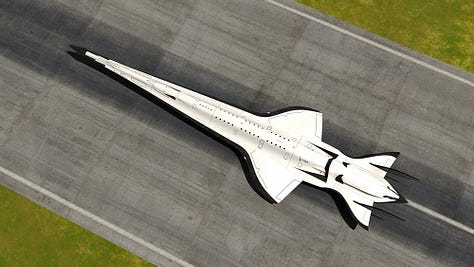
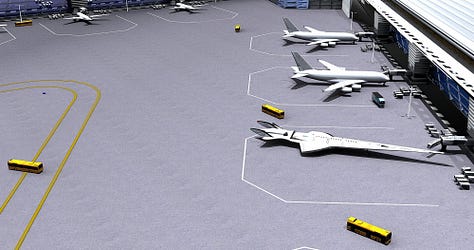


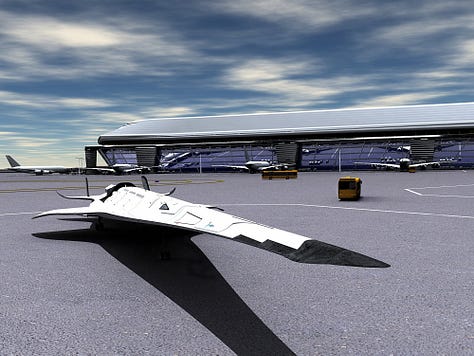
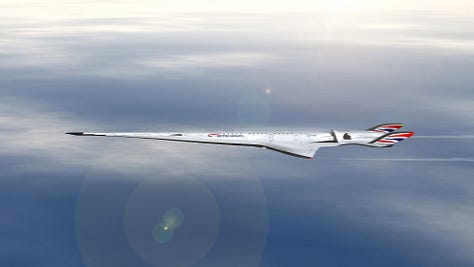
A super-cool hypersonic airliner could slash London-New York flight times to just 45 minutes. The revolutionary new aircraft concept, the A-HyM Hypersonic Air Master, aims to transform air travel by flying at Mach 7.3—over 5,600mph (9,000kph). Designed to carry 170 passengers, it could cut the transatlantic journey from the usual seven hours, making transatlantic travel faster than ever before.
For your eye holes 👀
Infographic Magic 📊
Cool Quote 🗣
"I look to the future because that's where I'm going to spend the rest of my life"
George Burns
Weird Science Factoid 🤯
The sting of the Australian Irukandji box jellyfish triggers something known as Irukandji syndrome, which causes you to feel a growing sense of dread that can become so dramatic that people have begged doctors to put them out of their misery.
Weird Science Fries on the Side 🍟 (aka the best of the rest)
New ‘night vision’ contact lenses will allow wearers to see in the dark
Physicists confirm the incredible existence of 'time mirrors'
A Hidden Blob Beneath Africa Is Fueling Volcanoes—and It Could Split the Continent in Two
Why one branch on the human family tree replaced all the others
Discovery of a perfect sphere glowing in Milky Way poses several questions
What did you miss? More from The Weird Science Drop 👀
Supercharge your sorry
Talking to the Almighty
The Matrix was right
Then most-visited links from the last newsletter 👆
The Weird Science Drop edition: 6
* Hello in Polish
About The Weird Science Drop 🚀
Science is weird, and here’s the proof. The Weird Science Drop goes where other, more-sensible newsletters fear to tread. Every week, we grab our trusty white lab coat, bunch of bubbling test tubes and world-ending robot prototype to go in search for the overlooked, under-the-radar and, above all else, most madcap science news, views and research.
About me 👴
Daniel Smith is an old experienced journalist who has worked for a host of news publishers on both sides of the Atlantic. A long, long time ago, he fancied himself as an astrophysicist but instead turned out to be the worst scientist since the man who mapped out all those canals on Mars that turned out to be scratches on his telescope's lens. Luckily, he is now not working on the Large Hadron Collider inadvertently creating a black hole that would swallow the world by pressing the big red button but is safely behind a desk writing this newsletter, bringing you the fantastical underbelly of nature... The Weird Science Drop..
Have I missed anything? 🚨
Feel free to throw me an email or just fill out this super simple form. I'll read each and every one. Promise.



